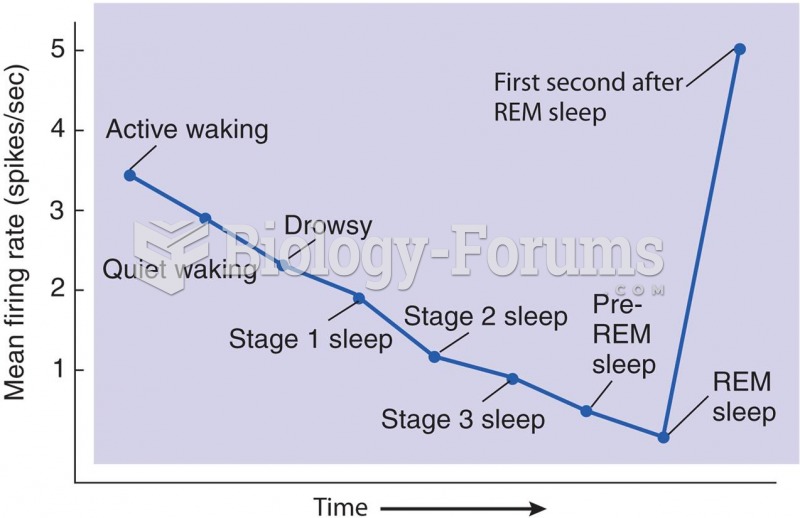This topic contains a solution. Click here to go to the answer
|
|
|
Did you know?
All adverse reactions are commonly charted in red ink in the patient's record and usually are noted on the front of the chart. Failure to follow correct documentation procedures may result in malpractice lawsuits.
Did you know?
It is important to read food labels and choose foods with low cholesterol and saturated trans fat. You should limit saturated fat to no higher than 6% of daily calories.
Did you know?
The average adult has about 21 square feet of skin.
Did you know?
The familiar sounds of your heart are made by the heart's valves as they open and close.
Did you know?
Cytomegalovirus affects nearly the same amount of newborns every year as Down syndrome.







